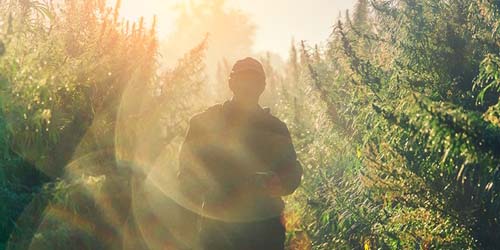
You may be familiar with weed strains such as skunk, kush, haze, cheese and diesel. But what does the name actually say about these legendary varieties? In this article we tell you where the name and the related strains come from and what makes hybrid weed so special.
Sativa, Indica and Hybrid weed
In a series of blogs prior to this article, we highlighted a number of sativa and indica strains. Today, however, almost no weed (cultivar) is one hundred percent indica or sativa. Indica, sativa and also autoflowering ruderalis weed can all be crossed with each other. If you cross sativa and indica with each other, in whatever proportion, we speak popularly of hybrid weed.
Advantages of Hybrid weed
Hybridizing weed species has the advantage of allowing you to get the strongest characteristics of their genetic ancestors in one plant. For example, after the article on sativa weed, we know that they grow taller than indicas, but do not cope as well with a cooler climate. Indicas, on the other hand, can withstand cold better and also finish flowering in a shorter period of time. Combining these characteristics is highly specialized work. If successful, one of these mother plants can bring a whole new family of weed into the world.
If you select only the best traits, you might imagine that there are no disadvantages to hybridizing. Purists consider hybridizing senseless and a waste of Mother Nature's offerings. You might imagine that the process of hybridizing is complex and time-consuming. Therefore it is only done by people with a lot of knowledge about and experience in growing weed.
F1 Hybrid?
Sometimes when you read a detailed description of a weed seed you will read "F1 hybrid". That has nothing to do with speed or motor racing. It actually means nothing more than "a cross from the first generation". F1 hybrids show the most resemblance to the original parents. That's why they are in demand. If you cross two F1 hybrids together, you get an F2 hybrid. If you continue this process long enough, the genetics stabilize and plant traits become predictable. This can take years and years, though. Yet it is precisely this stability that you need to be able to speak of a weed family.
Weed Strains and family
Before we start comparing Haze, Kush, Skunk and more, we want to get the name right. "Species" is not quite correct, after all. "Cultivar" or "strain" is a better word when talking about White Widow or Amnesia Haze. Haze, Kush, Skunk and all the other heads that will follow soon are called families. For example, Critical Kush and Master Kush belong to the same Kush family. Ready? Let's go!
Skunk
Origin: early ‘70s | Bay Area, California | “Sam the Skunkman”
Original genetics: Skunk #1 | Colombian Gold (Santa Marta mountains) x Acapulco Gold (Mexico) x Afghani. Sativa/Indica Hybrid.
Typical flavour/aroma: very powerful, sharp and spicy aroma. Carries the name of the skunk.
Typical effect: first an uplifting and happy high. After that a relaxing body stone.
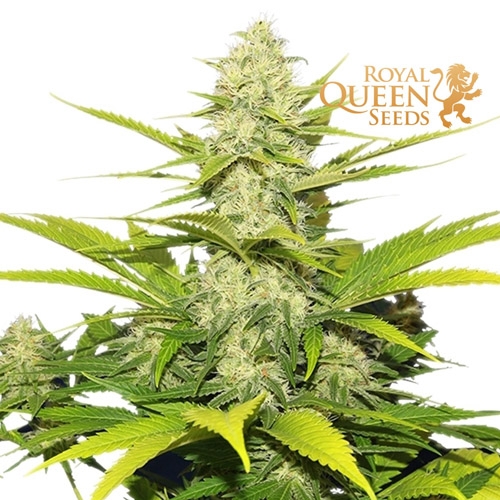
History of Skunk: David Watson, better known as Sam the Skunkman, started his company as Sacred Seeds. From thousands of plants only the strongest were chosen to develop a stable family. The result was Skunk #1; the world's very first Skunk. The Skunk genetics came to Holland in the 1980s where they were sold under the Cultivator's Choice label. Neville Schoenmakers bought the remaining seeds and later sold them through The Seed Bank, which later became Sensi Seeds. The term "Skunk" is often mistakenly used to refer to strong weed sold on the street; especially in the United Kingdom.
Special characteristics of Skunk genetics: great yields, early flowering, good branching, sticky, dense buds with few leaves and a powerful smell. Recommended for beginner growers. Skunk #1 was perhaps the first successful cross between indica and sativa. This makes it the first artificially-grown hybrid weed.
For Skunk lovers:
Haze
Origin: late ‘60s | Santa Cruz, California | “Haze Brothers”
Original genetics: Original Haze | Probably Colombian x Mexican strain, later crossed with a Thai strain. Pure sativa.
Typical flavour/aroma: earthy, citrus and spicy.
Typical effect: thanks to Haze, we owe that powerful high-making effect to all sativas. Haze makes you physically and mentally active.
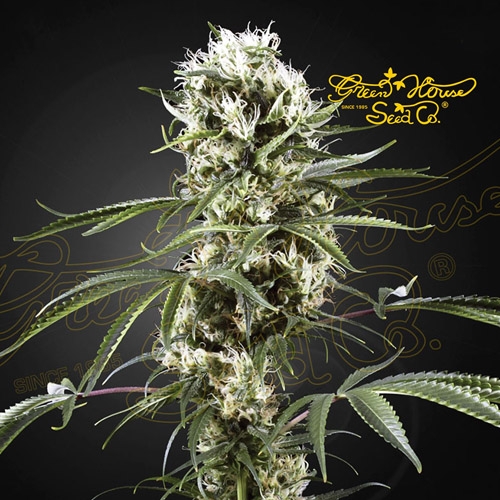
History of Haze: the Haze Brothers had good contact with Sam the Skunkman in the late 1960s. He later became the owner of the original Haze genetics. In the 1980s, ownership passed to Neville Schoenmakers, who bred the legendary Neville's Haze. Within no time, different haze varieties were created all over the place.
Special characteristics of Haze genetics:often no longer pure sativa, but sativa-dominant. Long flowering periods and towering, fluffy buds with lots of space between the branches (nodes).
For Haze lovers:
Kush
Origin: ‘70s | Hindu Kush Mountains | European Hippies (Brotherhood of Eternal Love)
Original genetics: Hindu Kush strain. Pure indica.
Typical flavour/aroma: spicy, earthy, pine, pepper, floral, grape and incense.
Typical effect: heavily stoned, wide smile, meditative belly gazing and couch-lock.
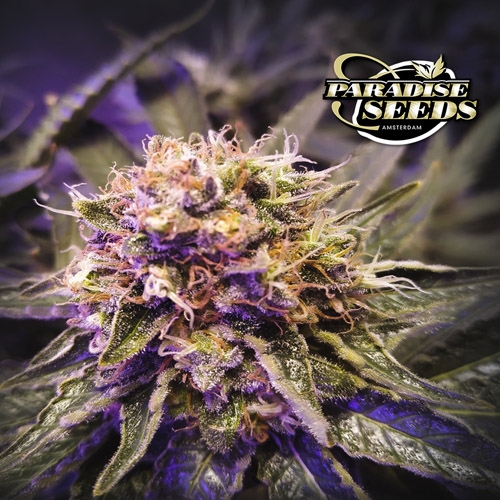
History of Kush: the original Hindu Kush is native to the Hindu Kush mountains at the foothills of the Himalayas. In the 1970s, the strain was brought to the United States through Europe, where Sensi Seeds bred both OG Kush and Master Kush from Hindu Kush genetics. OG would stand for Ocean Grown, as the strain originated in the coastal region of California.
Special characteristics of Kush genetics:deep green wide leaves during growth and thick, compact buds during flowering. Naturally resistant to colder weather and mould. Uses less water than other varieties. Relatively short plants with medium to high yields.
For Kush lovers:
Diesel
Origin: ‘90s | Accidentally discovered at a Grateful Dead concert in Noblesville, Indiana, U.S.A. | Chemdog
Original genetics: Original Diesel (Chemdog ‘91 x MassSuperSkunk x SensiNL). Mainly indica.
Typical flavour/aroma: that's what diesel gets its name from. Sweet and sour fruit flavour that is so strong it reminds you of fuel. Grapefruit when inhaled.
Typical effect: sativa-like euphoric high due to high THC percentage and typical terpenes. Relaxing effects that can make you feel slow and tired, but are great for medicinal users.
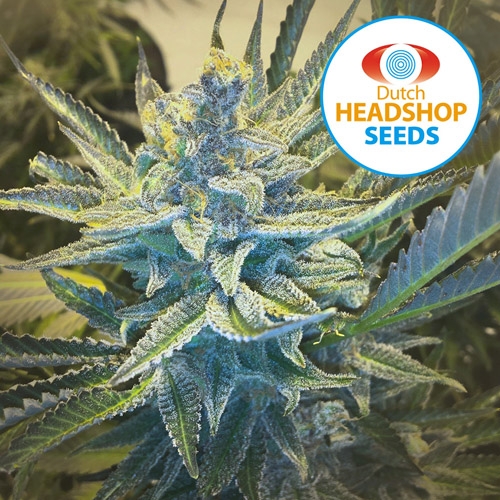
History of Diesel: grower "Chemdog" received two bags of weed from 2 dealers in the parking lot at a Grateful Dead concert. One contained neat sensimilla, from the other weed he pulled 13 weed seeds. The father of these weed seeds is unknown to this day, but Chemdog started growing with them. 3 new plants emerged from these seeds, including Chemdog '91 and Chemdog's Sister. A year later, grower Weasel purchased the Chemdog '91 genetics and changed the name to Diesel or New York City Diesel. Not much later, through breeding, Original Diesel (also known as Headband or Diesel #1) was also created. Sour Diesel, another well-known and early Diesel strain, was created by accident because the same Chemdog '91 was pollinated with DNL weed or Massachusetts Super Skunk.
Special characteristics of Diesel genetics:Perfect for both indoor and outdoor growing with strong germination and appetite to grow big fast. Light green leaves and elongated compact buds dripping with resin. Disease and moisture resistant. Can grow up to 3 meters tall. Very suitable for ScrOG.
For Diesel lovers:
Cheese
Origin: 1988 | South East England | “Sam the Skunkman”
Original genetics: Exodus Cheese (Cheese clone from Skunk #1). 50/50 indica/sativa.
Typical flavour/aroma: Umami (savory); the fifth flavour. Grown for the overwhelming aroma of strong cheddar cheese.
Typical effect: starting with waves of euphoria and joy, followed by a nice body stone and lots of appetite. Can manifest as couch-lock or increased creativity.
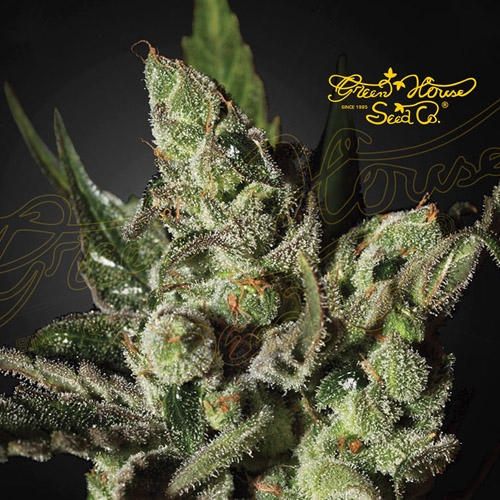
History of Cheese: cheese genetics all descend from the most powerful smelling Skunk #1 plants in Holland. Sam the Skunkman's popular weed strain had one disadvantage: that weed smell reeked for miles around. But an English grower had no problem with that. When he brought back seeds in '88, he specifically wanted the most potent smelling ones. Not long after, he noticed that these Skunk varieties had a very peculiar smell; very different and even stronger than Skunk #1. Comparable to cheese. This Cheese quickly spread through the underground scene of the UK, but in 1995 a Cheese clone ended up with the alternative group Exodus. Exodus had an important role in the emerging rave scene and was (of course) in favor of the legalization of cannabis. Thanks to this group, Exodus Cheese became one of the most widely used strains for growing Cheese.
Special characteristics of Cheese genetics:Popular in America among medicinal users. Relieves stress, pain and depression. Because Cheese strains are bred to keep the smell strong, not suitable to put in an unfiltered grow room. Can make an entire apartment complex reek of cheese-smelling weed. Grows like skunk, but depends on the specific Cheese strain.
For Cheese lovers:
Blue
All weed plants that take on a blue hue during the flowering period are descended from Dutch Passion's Blueberry genetics which were developed in Amsterdam in the ‘70s. Make weed turn blue or purple? Read this blog!
Blue Mystic | Blueberry | Blue Dream
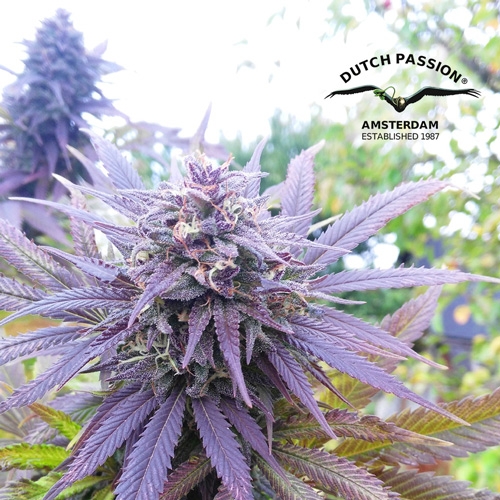
Purple
Weed turns purple because there is a large percentage of anthocyanins in the plant. As a result, purple weed usually has a fruitier and sweeter flavour. Unlike Blue strains, Purple weed has multiple origins. For example, a violet-colored Haze was used to grow the legendary Purple Haze. Mendo Purps, another legendary purple strain became the parent of the popular Granddaddy Purple.
Granddaddy Purple | Frisian Dew | Purple #1
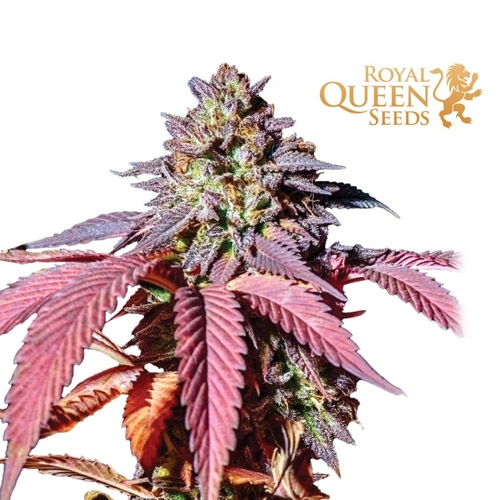
White
No mould but colourless sticky trichomes. Flowering "white plants" are completely covered in white resin, making them great for making extracts and hash. White strains all come from the genetic line of White Widow , but the line is starting to fade here. There is no rule for what exactly makes a strain "White", other than it looks white and has White Widow blood somewhere. Read the history of White Widow here.
Easy Bud Autoflower | White Choco | Sensi Star
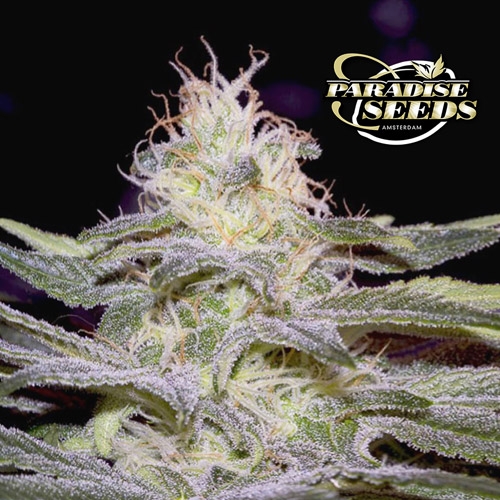
Afghan
For some, it can't be pure enough. Afghan or Afghani is weed that has a direct link to Afghan land strain weed. The effect is typical of an indica and fantastic to make hash of. Afghan is loved by purists to this day. Nowadays, pure Afghan weed is hard to find. Northern Lights was developed in the U.S. in the 1970s from Afghani genetics and further developed in the 1980s into a very stable and respectable strain that is available almost everywhere.
Banana Blaze | Purplematic CBD Autoflower | Northern Light
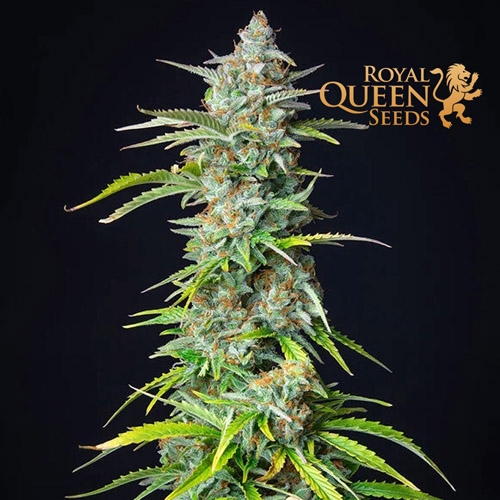
USA
As the United States is on the verge of total legalization of weed, many new strains are emerging in America especially since the turn of the millennium. This started first in Oregon and California, but as more and more states allow weed as a recreational drug, there is more and more demand for new strains. USA strains are thus recently developed on the other side of the ocean and are for example crosses of some of the above mentioned weed families. The USA weed family is therefore not a 'family' in the classic sense of the word, but a colourful collection of increasingly potent weeds. Often developed by clever young businessmen.
Auto Zkittlez | Runtz Muffin | Auto Green Crack
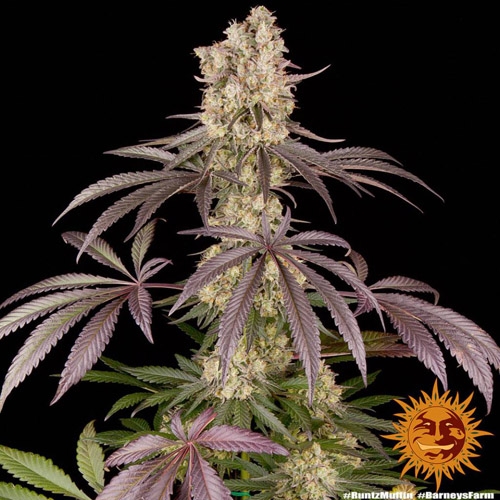
Hybrid Weed
Perhaps another genetic line of weed strains will emerge that have such an important ancestor as some of the families we mentioned above. Pure sativas and indicas are more of a curiosity than widespread these days. Afghan, Haze and Kush strains have only become stronger through hybridizing, but in doing so, some authentic characteristics are lost. That's why groups such as the Strain Hunters still go on expeditions to remote valleys in exotic places where possibly undiscovered land strains are hidden.
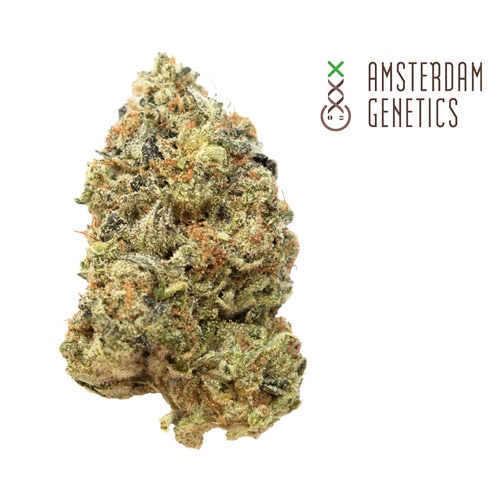
We hope you got a bit of an idea about the origins of some types of weed and their genetic lineage. And that hybrid cannabis has not only many advantages, but also the future.